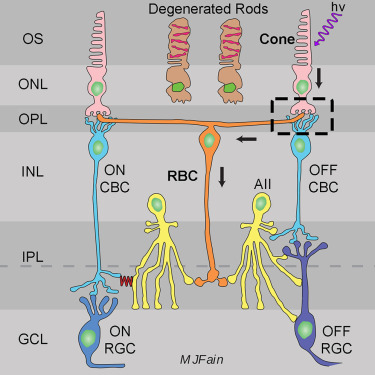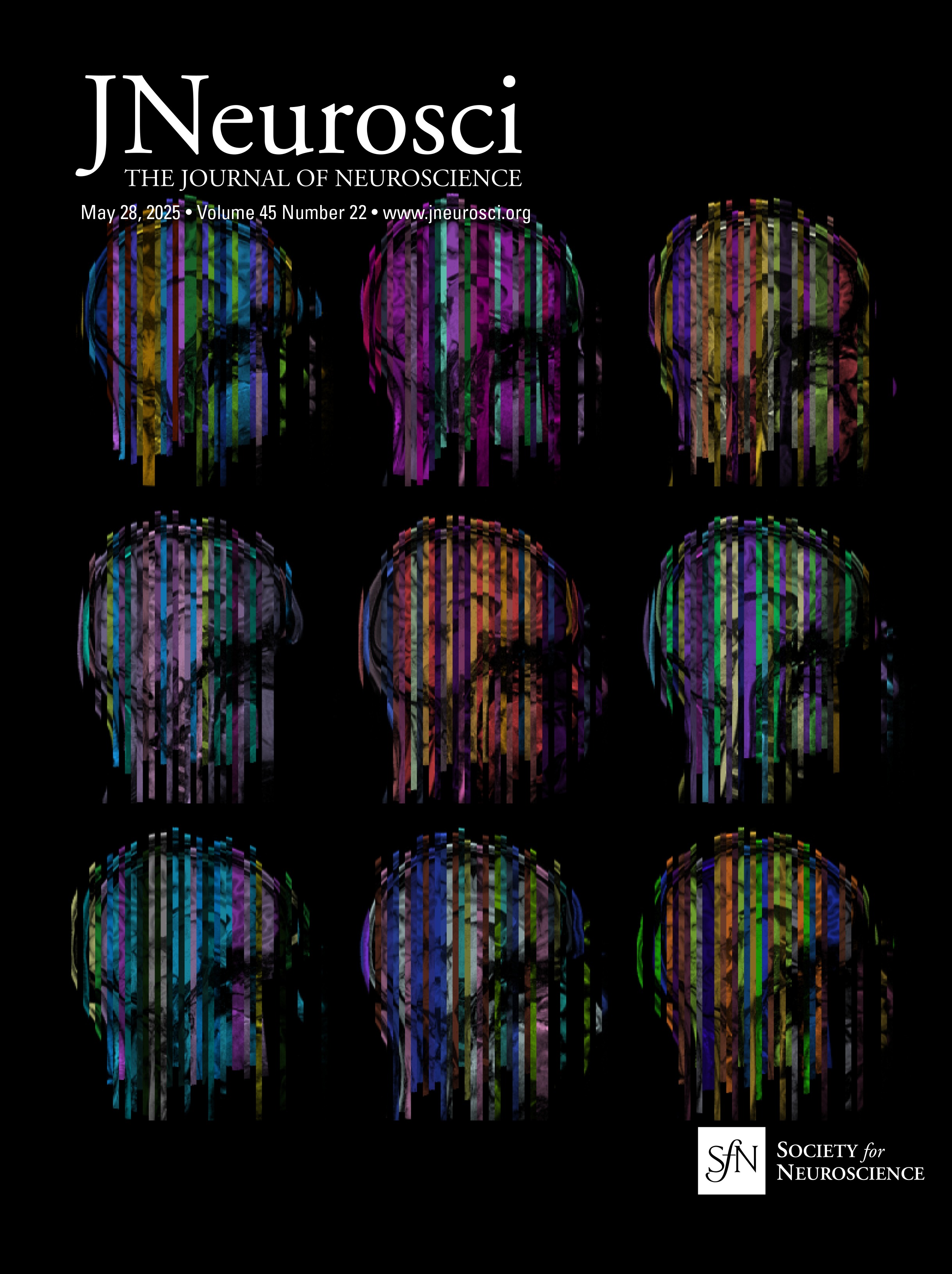A.P. Sampath
@APSampath3
Vision Scientist and lover of all sensory receptor cells. Grace & Walter Lantz Prof of Ophthalmology & Neurobio, Associate Director, @UCLASteinEye, @UCLA.
Open Faculty Position at the UCLA Jules Stein Eye Institute. Please see link below. All interested eye biologists (broadly defined) please apply: recruit.apo.ucla.edu/JPF10092
We have innovated design of templates for CRISPR/Cas9 editing which allows efficient introduction of epitope tags in vivo. It is a simple hack which we hope to be broadly useful. Work by talented graduate student Chuanping Zhao. nature.com/articles/s4146…
Joseph Demer et al. @UCLAHealth study Eye Movements and the Intraorbital Subarachnoid Space: Potential Contribution of Altered Cerebrospinal Fluid Pumping in Optic Neuropathies, iovs.arvojournals.org/article.aspx?a….
In @eLife: Version 2 of Investments in photoreceptors compete with investments in optics to determine eye design doi.org/10.7554/eLife.… Much improved - points clarified, arguments strengthened. Thank you editors, referees and above all my co-author Fran Heras
We found that endogenous ligand for GPR139 is opioid peptide dynorphin. With this, GPR139 may not be an orphan any more but the 5th opioid receptor. Heavy lift by talented Xiaona Li with great thanks to all who contributed! nature.com/articles/s4146…
Pleased to share the latest work from the laboratory by first authors Paul Bonezzi and Rikard Frederiksen. See video abstract by Paul! Photoreceptor degeneration induces homeostatic rewiring of rod bipolar cells: Current Biology cell.com/current-biolog…

Happy to share our recent work on a conductance that shapes substantially the output of rod photoreceptors. The role of the Ca2+-activated Cl- conductance in the membrane potential and light response of mouse rods jneurosci.org/content/early/…

Check out the latest paper on a weird jawless fossil fish, and this time we were able to recreate a full 3D model! Thank you Lisa Schnetz, @Nitroshutter, @GilesPalaeoLab, @Euphanerops et al. for having me on the paper @NHM_Science #fossilfish #CTscan #palaeotology
Excited to share our work on highly water-dispersible, biodegradable conductive polymers for injectable hydrogel bioelectronics! Now published in @NatureComms 🔗 nature.com/articles/s4146… #bioelectronics #hydrogels #biomaterials
New in @NatureComms, we report hydrophilic biomacromolecule dopants to dramatically boost the conductivity and biodegradability of injectable hydrogel bioelectronics. @h_montazerian @DavoodiElham @khademh @PSWnano nature.com/articles/s4146…
The ON/OFF dichotomy is fundamental to visual processing. In a new study led by Flori Soto, we identify a conserved molecular mechanism establishing the OFF pathway. rdcu.be/eikoa
Haruhisa Okawa and Alapakkam Sampath study Temporal Transformation of the Rod Single-Photon Response in the Retinal Circuitry, iovs.arvojournals.org/article.aspx?a…. @USC @APSampath3 @UCLASteinEye
Our latest on GPCR function in the brain. We report that glutamate receptor mGlu4 needs to be properly positioned at synapses of cholinergic interneurons in NAc by cell adhesion molecule ELFN1 to regulate opioid reward. pnas.org/doi/epub/10.10…
The professor of neurobiology at @dgsomucla has been selected as the recipient of the 2025 Pradel Reseach Award for her contributions in the understanding of the nervous system. newsroom.ucla.edu/dept/faculty/a…
Read about the SEI Joan and Irwin Jacobs Retina Center researchers & UC San Diego electrical engineering graduate students working together to develop better computer vision, artificial intelligence & image processing tools to advance patient care. shileyeye.ucsd.edu/news-events/327
Congratulations to MCIP PhD Candidate, Noelle Morrow who won Best Student Poster at this year's MCIP Annual Retreat!
Congratulations to MCIP PhD Candidate, Lesly Palacios Castillo who won Best Student Talk at this year's MCIP Annual Retreat!
Maturation, structure, and dynamics of human cone PDE6C important for photopic vision More details and link to join in our bio!
It seems few people know what an “indirect cost” is or why it has to be 40-60%. The reason the government forced universities to raise their indirect costs up to (typically) 40-60% was to force a huge amount of regulations on the universities while also minimizing the…
While the indirect rates have in general been to high, it reflects that the direct costs have not been inflation-adjusted for decades. If you do this, put the money back into direct costs that actually fund the research. This is a total disaster for all universities.
Avilés, Goodrich, Cepko, Xue et al. @harvardmed report that the loss of FAT3 acts via its intracellular domain and retinal bipolar cells to affect mouse electroretinography (ERG) responses and visual perception of high-frequency flickers. hubs.la/Q035dRd80
UCLA scientists led by @CollerLab have found that quiescent cells express transcription factors that act as "master switches" to regulate genes that suppress cell cycle progression, prevent the adoption of irreversible fates & reorganize their metabolism. nature.com/articles/s4155…